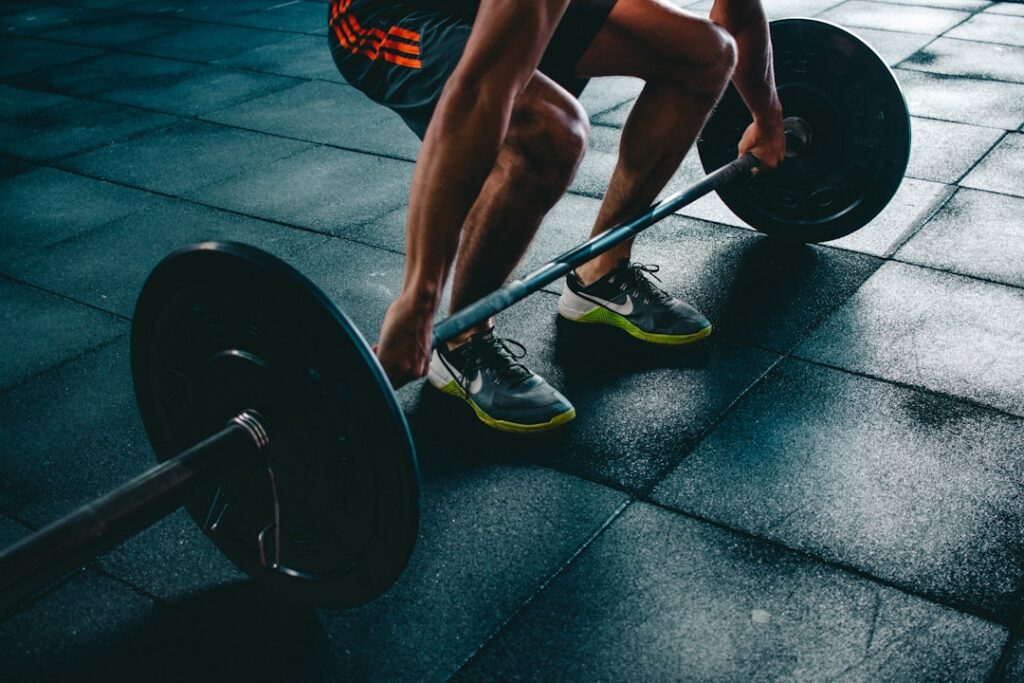In the pursuit of health and wellness, workout facilities play a crucial role. However, these spaces can also become breeding grounds for germs and bacteria if proper hygiene practices are not followed. Maintaining a clean environment is as important as the workout itself for gym-goers’ health. Recognizing the significant risks, many gyms are now prioritizing cleanliness to ensure their patrons can train safely. Below are some effective strategies to prevent the spread of illness and maintain a hygienic workout space.
Implementing Regular Cleaning Protocols for Gym Equipment
Workout equipment, including weights, machines, and mats, are the main touchpoints for germs in a gym setting. Hence, establishing a regular cleaning protocol is key to preventing the transmission of infectious agents. Staff should be trained to clean all equipment multiple times a day with the appropriate agents, paying extra attention to high-use items.
Additionally, gyms can empower their members by providing readily accessible disinfectant wipes or gym disinfectant spray and encouraging their use before and after touching any equipment. Such practice not only enhances cleanliness but also fosters a community spirit where everyone participates in maintaining a healthy environment.
To ensure no area is overlooked, gyms should maintain a cleaning checklist that enumerates all gym areas. This can include weights, machines, benches, floors, restrooms, and any shared spaces. Consistent adherence to this list guarantees comprehensive coverage and hygiene maintenance.
Encouraging Personal Hygiene Among Members
Gyms can be proactive in promoting personal hygiene by providing adequate facilities and reminders throughout the space. Showers, hand sanitizers, and educational posters can inspire members to prioritize cleanliness. Moreover, gym attire regulations, like requiring clean shoes and sweat-absorbent clothing, can further curb the spread of germs.
Creating a health-conscious culture within the facility is also fundamental. This involves setting clear guidelines for members to follow if they’re feeling sick, such as staying home when exhibiting symptoms of illness. Ensuring that these policies are clearly communicated and non-punitive will encourage adherence without fear of losing membership benefits.
Encouragement can also come in the form of positive reinforcement. Reward schemes for loyal members who consistently follow hygiene practices can motivate others to adopt similar behaviors, creating a self-sustaining cycle of cleanliness and consideration for community health. The overall goal is for everyone to motivate one another and promote a healthy, clean environment.
Educating Staff and Patrons on Illness Prevention Strategies

An informed staff is a gym’s first line of defense against the spread of germs. Comprehensive training programs should cover not only the facility’s specific cleaning protocols but also general principles of infection control. Additionally, staff can learn to recognize symptoms of illness in members and the appropriate actions to take in response.
Gym patrons also benefit greatly from education on preventing illness. Regularly updated information about prevention practices can be disseminated through newsletters, social media, and in-gyms notices. An informed membership is far more likely to take proactive steps to keep themselves and others safe.
Lastly, providing feedback mechanisms for members to share ideas or concerns about the facility’s hygiene practices can be invaluable. This dialogue allows for continual improvement and shows that the facility is committed to its patrons’ well-being.
Overall, maintaining hygiene in workout facilities is a multifaceted endeavor that requires the commitment of both staff and patrons. By implementing regular cleaning protocols, enforcing personal hygiene, using the right disinfectants, and educating everyone involved about prevention strategies, gyms can create a safe and healthy environment conducive to achieving fitness goals. The collective effort towards cleanliness can produce not only a more enticing workout space but also a community that values and protects each other’s health.










